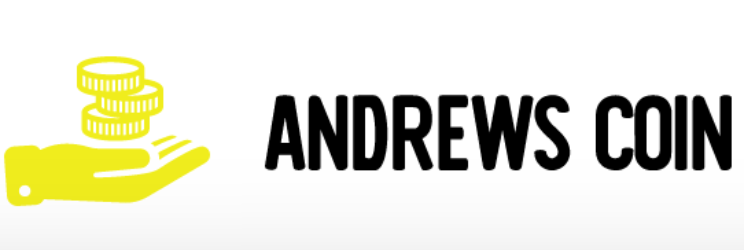Silver coins are the oldest form of mass currency. They have been made since ancient times. The first mass-produced silver coins were made in the 1500s, but crude shapes were used before that. Silver coins are one of the most popular ways to avoid price increases and balance selection risk in these tough financial times.
The ancient Greeks made the famous Drachmas as a silver trade coin. The silver Denarius coins were made in Rome, but the ancient Romans didn’t let their provinces make silver coins because silver was seen as a high-status political coin. The Romans worked very hard to find silver. They knew how to separate silver from lead.
The ancient Spanish made the famous silver 8 Reale coin in their silver-rich colonies in South America. Crowns were silver coins made by many countries, with the most common size being 38 mm.

In 886 AD, the first silver coins to be made in Britain were silver pennies. This was followed by a number of private mints in 1603 and mints for the Civil War in 1630.
Various governments make or allow the making of silver bullion coins with nominal face values in national currency. The face value of the coin is small because it is much less than the value of the silver in the coin.
A silver coin or coins are sometimes put under the mast or in the keel of a ship as a good luck charm. Most likely, the Romans started this custom. Before the USS New Orleans was launched in 1933, officers put 33 coins with their heads up under her foremast and mainmast. When the USS Higgins was put into service in 1999, 11 coins were chosen especially for her mast stepping.
History Of Silver Coins
From before Alexander the Great’s time until the 1960s, silver coins were a common form of money in Europe and, later, the Americas.
World silver crowns, the most famous of which is the Mexican 8 reales (also known as the Spanish dollar), were made in many different parts of the world to make trade easier. Even though there are some small differences in weight and size between issuing countries, the size is pretty much the same at around 38mm.
At the end of the 1800s, when secure printing of paper money started, it started to go down. When the same amount of silver can be exchanged for a certificate of deposit, it’s no longer practical to carry around sacks of silver coins. Smaller amounts of money are available for people to use.
From the 1870s to the 1930s, silver trade dollars were a world standard in terms of weight and purity. They followed in the footsteps of the older Mexican 8 Reales, which were used to help trade in the Far East.
Just a few examples are French Indochina Piastres, British Trade Dollars, US Trade Dollars, Japanese 1 Yen, and Chinese 1 Dollar. Smaller amounts of money are available for people to use.
It was put into the coins of many different governments around the world from the 1930s to the 1960s. This time period ended when world governments realised that using silver as an alloying element in coins was no longer a good idea.
From the 1960s to the present, modern crown-sized commemoratives have been made based on the weight and size of old world crowns.
Modern silver bullion coins have a diameter of 39mm to 42mm and contain 1 troy ounce (31 g) of pure silver, no matter how pure, from 1980 to the present. Smaller and bigger sizes exist mainly to add to the collectible set of the numismatics market. Some are also bought as a way for the general public to get a standard way to store value, in this case silver.



